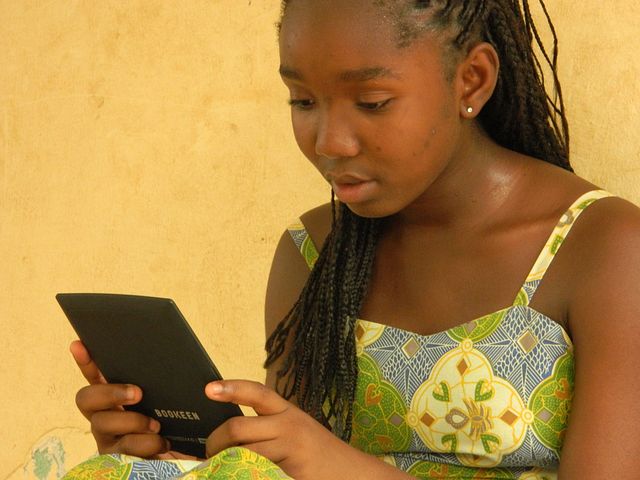Contents
Digital & Mobile Technology
The ADDIE Model is used in instructional design. To ensure that you’re effectively implementing technology in your classroom, try following the steps of the ADDIE Model. These steps are Analysis, Design, Development, Implementation, and Evaluation. You must first clarify your instructional goals (analysis), then design activities and lesson ideas that
Essentially, the TPaCK Framework points out that teachers must understand how technology relates to both pedagogy and content. An interplay of technological knowledge, content knowledge, and pedagogical knowledge is essential for effective use of edtech.
Connectivism, a theory advanced by George Siemens, is touted as “a learning theory for the digital age.” According to the theory of connectivism, learning is derived from forming connections. Educators must help students connect previous knowledge to new knowledge, and students must be able to recognize gaps in their knowledge
Is defined as “a field of computer science that uses statistical techniques to give computer systems the ability to “learn” (i.e., progressively improve performance on a specific task) with data, without being explicitly programmed.” For example, in education, we see machine learning in learning analytics and artificial intelligence.
Digital readiness is simply the ability to use digital tools with ease. In other words, digital readiness refers to how “ready” or how comfortable an individual is with digital technology. Along the same lines, digital competence refers to the confident and critical use of the full range of digital technologies
Interoperability is defined as “the ability of computer systems or software to exchange and make use of information.” In other words, various software programs and systems can communicate with one another. We use data interoperability every day without even realizing it. For example, when we use Google for driving locations
CBE is self-paced, mastery-oriented programs that often include the use of technology. Students must master and demonstrate competency in various tasks and skills, to obtain their degree. CBE offers an alternative to traditional courses, whether held in-person or online, for a set amount of time with the goal of earning
Starts, as the name, suggests, with a problem. In this model, students are presented with an open-ended problem. Students must search through a variety of resources, called trigger material, to help them understand the problem from all angles. In problem-based learning, there is no one right answer to the problem.





